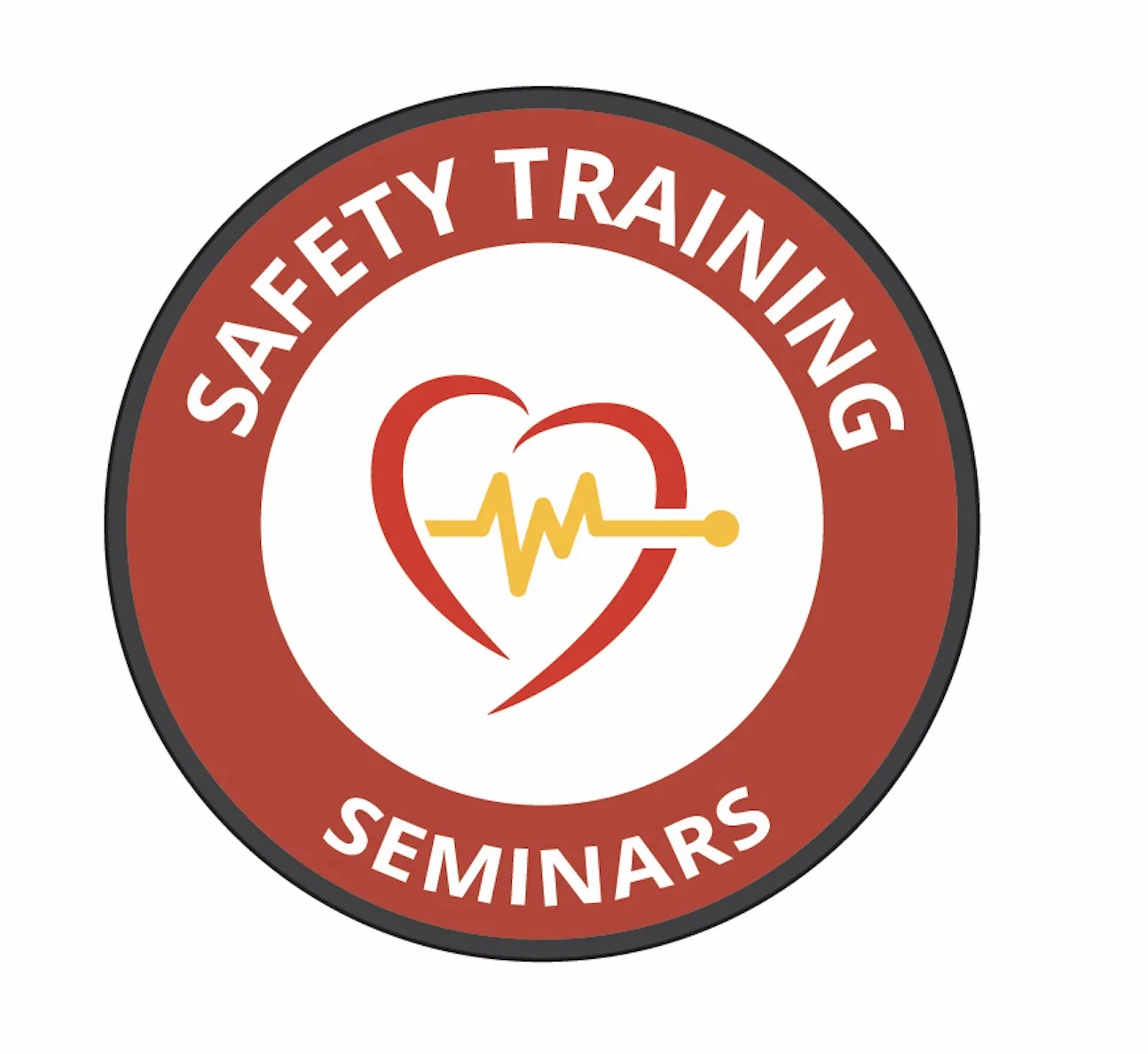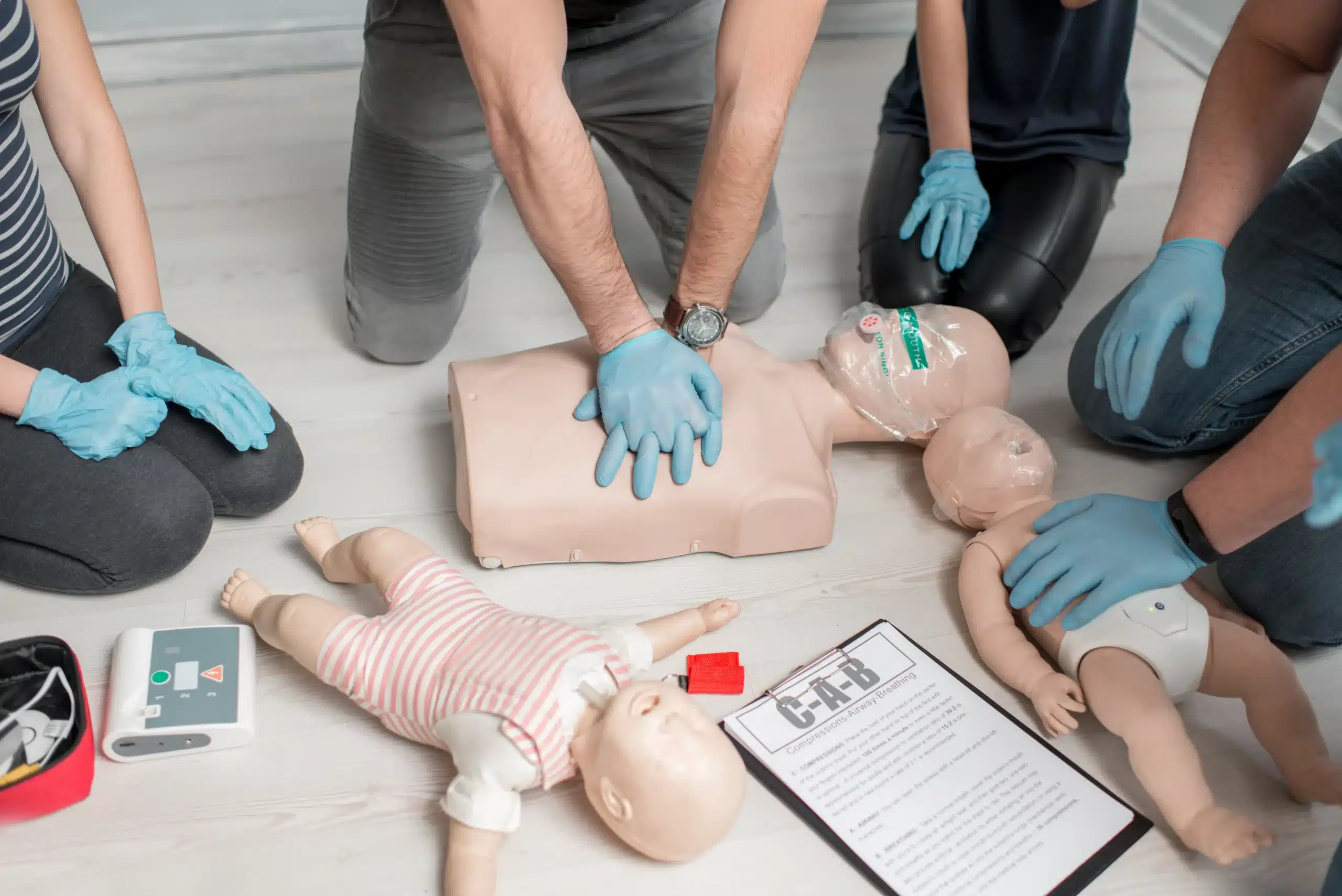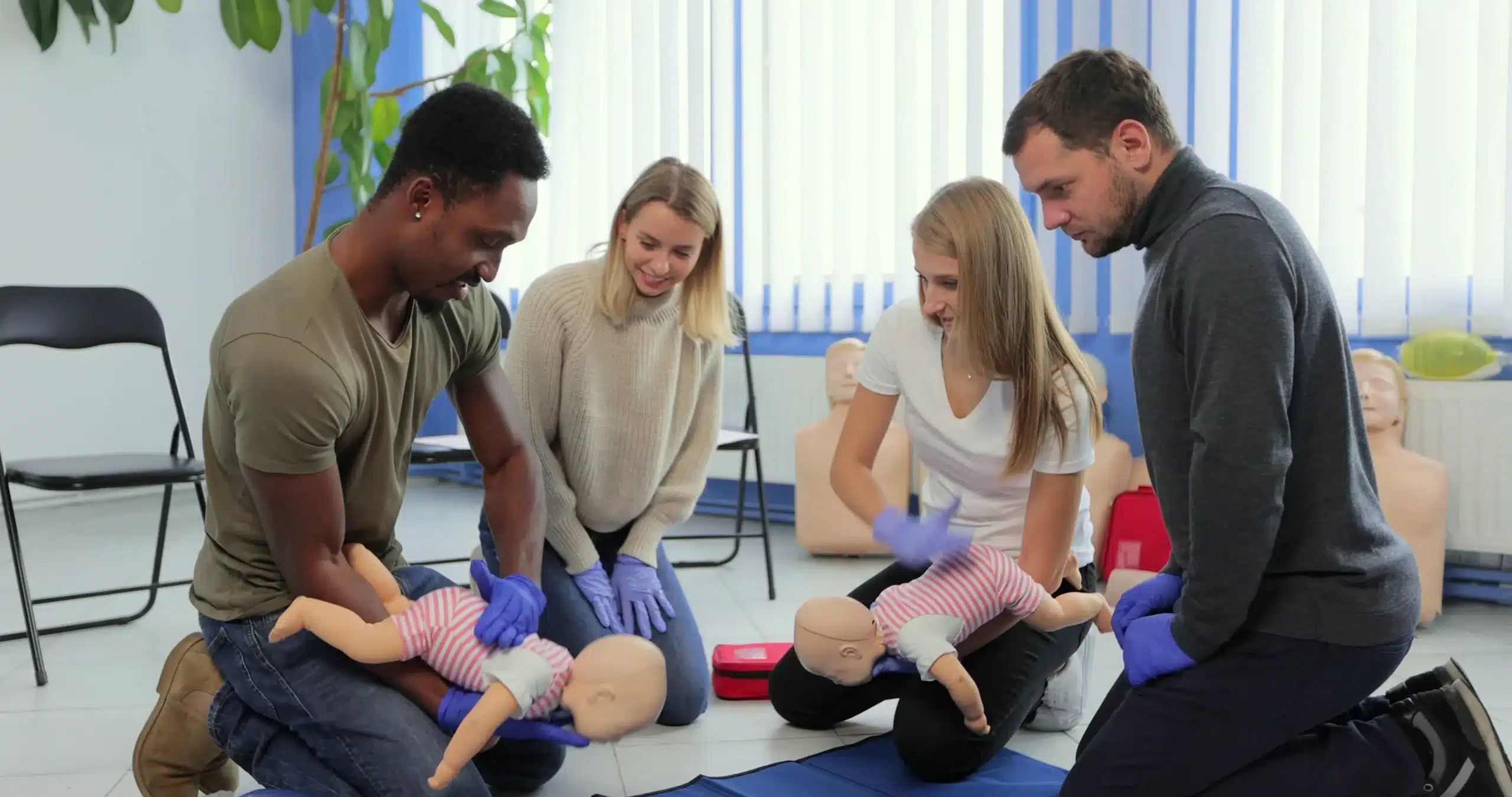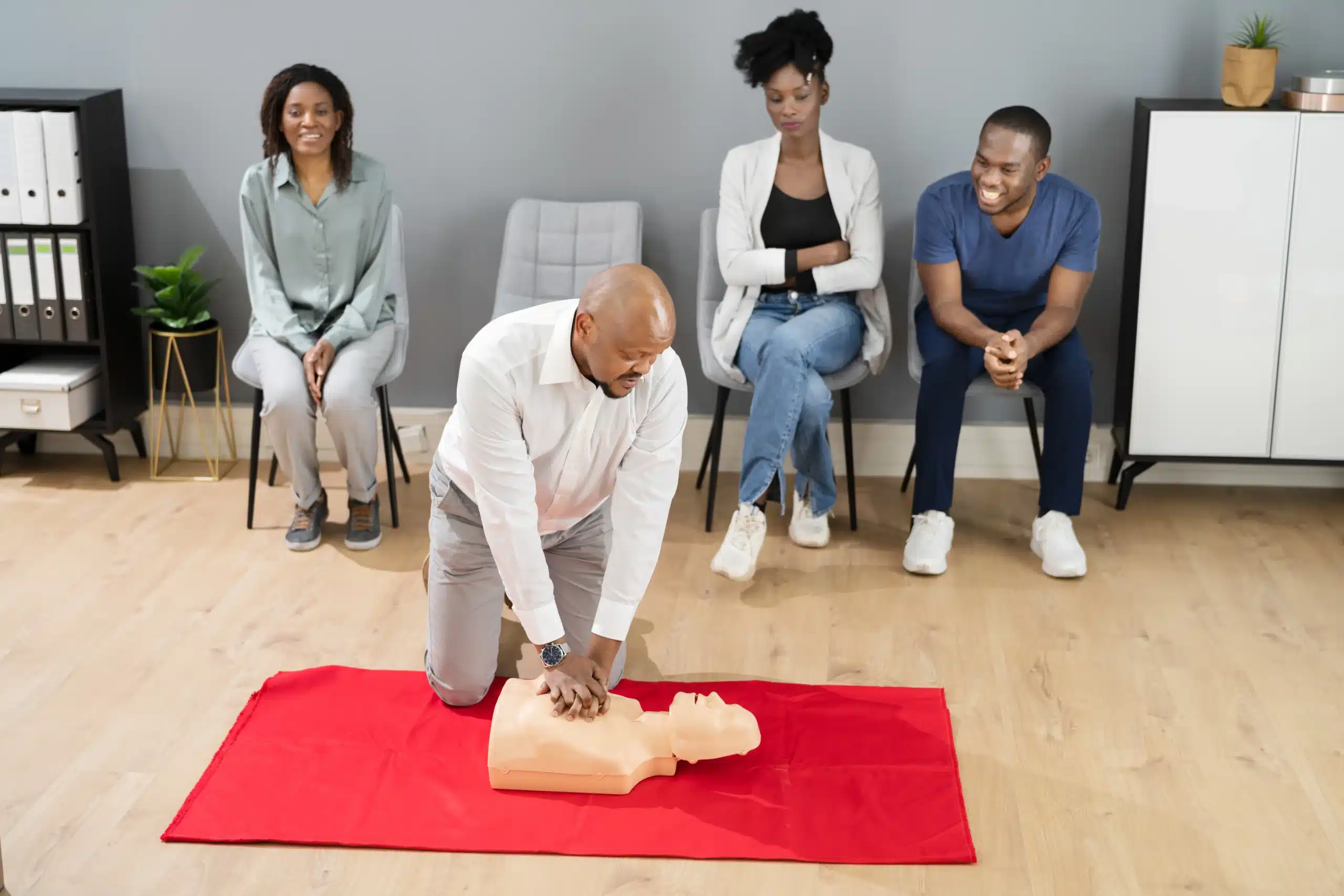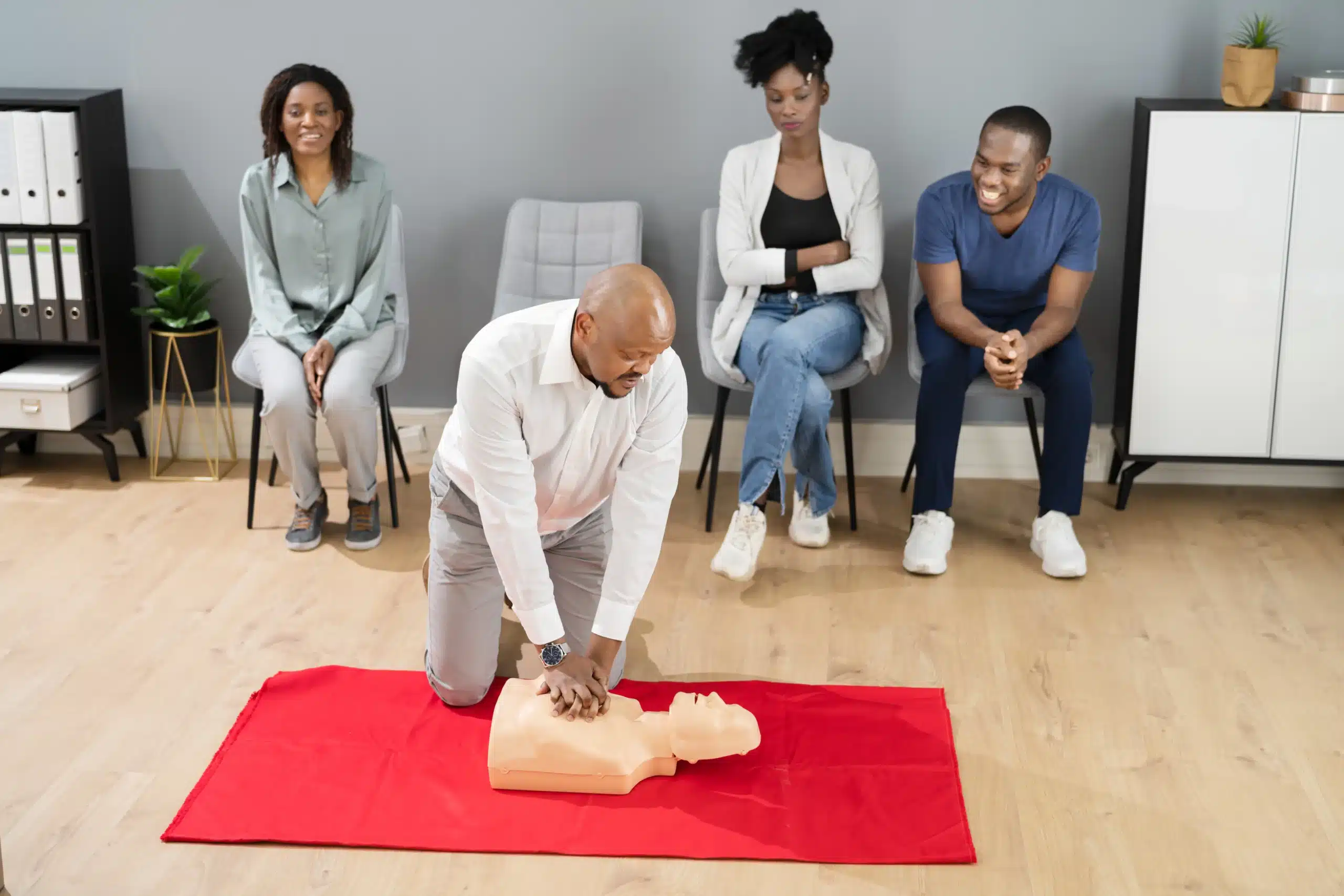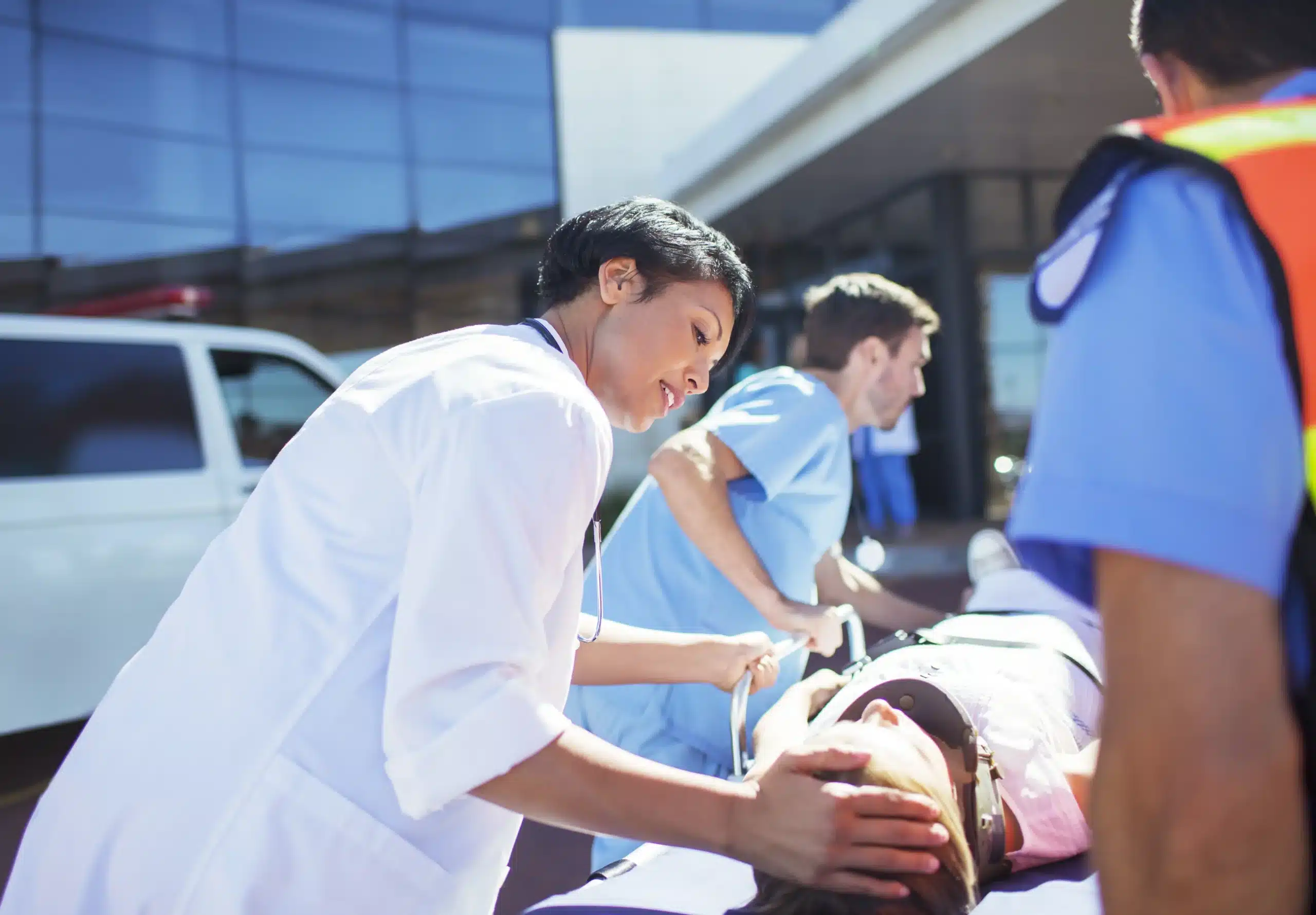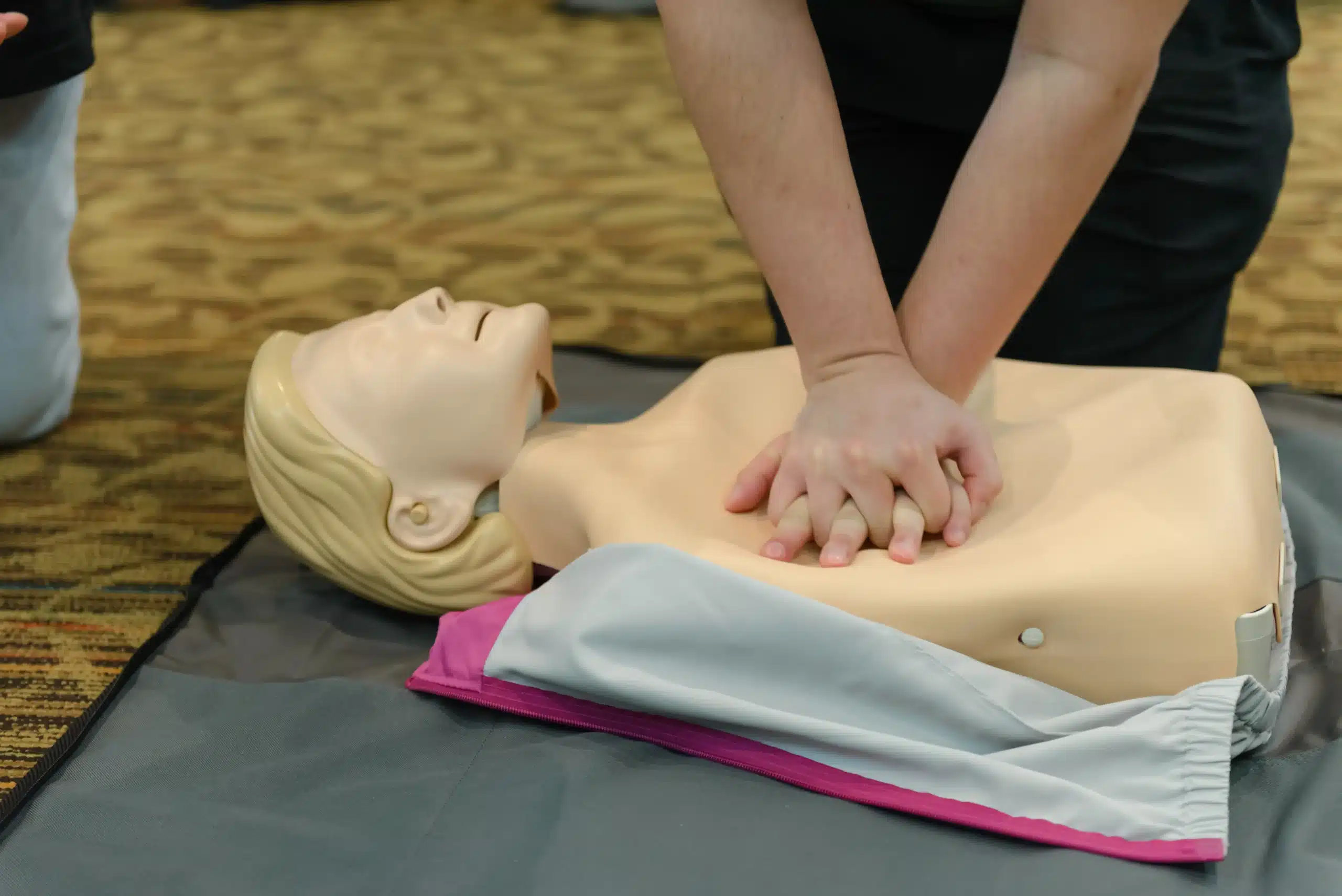BLS certification is more than just a credential; it’s an empowering skill set that can make a real difference in someone’s life. This comprehensive guide explores the world of BLS, from the basics of what it is and why it’s important to finding the perfect BLS courses in San Francisco to fit your needs. We’ll delve into different course formats, discuss costs and time commitments, and offer valuable insights into choosing a reputable training provider. Join us as we equip you with the knowledge and resources to become a confident first responder.
Key Takeaways
- BLS certification is a powerful tool for anyone: Whether you’re a healthcare professional or simply want to be prepared for emergencies, BLS equips you with life-saving skills like CPR, AED use, and airway management.
- Choosing the right BLS course is a personalized process: Consider your learning style and schedule when deciding between in-person, online, or blended learning. Research providers, compare costs, and look for hands-on training opportunities.
- Investing in BLS training is investing in yourself and your community: The ability to confidently respond to medical emergencies is invaluable. Find a reputable provider offering AHA-certified training that meets your specific needs.
What is BLS?
Basic Life Support (BLS) certification teaches the crucial, life-saving skills needed to respond to medical emergencies. It focuses on providing immediate care, which commonly includes CPR, recognizing life-threatening situations, and using an automated external defibrillator (AED), until more advanced medical personnel arrive. BLS certification is often a job requirement in many healthcare and related fields.
What are BLS Courses?
BLS courses provide comprehensive training in basic life support techniques. These courses typically take about four to five hours, though expedited options exist. You’ll learn essential skills like CPR, how to use an AED, and airway management techniques. Many courses offer a blended learning format, allowing you to complete the online portion at your own pace and then attend a shorter, in-person skills session.
Who Needs BLS Training?
BLS training is essential for healthcare professionals, including doctors, nurses, paramedics, and other healthcare providers. It’s also beneficial for people working in education, childcare, and fitness. Even if not required for your job, BLS training allows you to confidently respond to emergencies and potentially save a life. These skills are a valuable asset, both personally and professionally.
Common Misconceptions About BLS Certification
One common misconception is that standard CPR training is equivalent to BLS certification. While standard CPR training is valuable for anyone wanting to learn basic life support, BLS certification provides a broader, more advanced skill set for healthcare professionals. It goes deeper into patient assessment, airway management, and other techniques relevant to medical settings. This specialized training makes BLS certification a crucial credential for those in healthcare environments.
Where to Find BLS Courses in San Francisco
If you’re looking for BLS certification in San Francisco, you have several good options. Here’s a breakdown of some popular choices to help you find the right fit.
Bay Area CPR
Bay Area CPR offers the American Heart Association’s Basic Life Support (BLS) CPR training, including the HeartCode BLS blended learning option. The blended learning format lets you complete the online portion at your own pace, followed by a short, in-person skills session. This is a flexible option for busy schedules.
American Red Cross
The American Red Cross also provides BLS certification and renewal training in San Francisco. Their courses focus on practical skills and knowledge you’ll need in emergency situations. Visit their website for class dates and locations.
Safety Training Seminars
Safety Training Seminars offers comprehensive CPR training in San Francisco, including a variety of AHA-certified courses like BLS, ACLS, and PALS. They’re known for competitive pricing and a low-price guarantee. This can be a smart choice if you want bundled courses or cost-effective training.
Local Community Colleges
Local community colleges often offer BLS courses within their health sciences programs. While these courses often cater to students pursuing healthcare careers, they may also be open to the public. Contact your local community college for details.
Hospitals and Medical Centers
Hospitals and medical centers frequently offer BLS training for their staff and may also have courses available for the community. This helps ensure that people are prepared to respond to emergencies. Check with hospitals in your area to see what they offer.
Find the Right Course Format
Choosing the right BLS course format depends on your learning style, schedule, and preferences. Let’s explore the most common options: in-person, online, and blended learning. Each has its own advantages, so consider what works best for you.
In-Person Classes
In-person BLS classes offer hands-on training with expert instructors. This direct interaction ensures you gain the practical skills necessary for effective CPR. You’ll receive real-time feedback and have the opportunity to ask questions and practice techniques in a supportive environment. For many, the in-person experience builds confidence and reinforces learning. Safety Training Seminars, for example, offers comprehensive in-person CPR training in San Francisco, featuring AHA-certified courses like BLS, ACLS, and PALS.
Online Courses
If you need a more flexible learning environment, online courses like HeartCode BLS allow you to complete the theoretical portion at your own pace. This format is ideal for busy individuals or those who prefer self-directed learning. You can study whenever and wherever it’s convenient, fitting the training around your existing commitments.
Blended Learning Options
Blended learning combines online convenience with essential hands-on practice. You’ll typically complete the cognitive portion of the course online, then attend a shorter in-person skills session. HeartCode BLS offers this flexible approach, allowing you to learn the material at your own speed before demonstrating your skills to a certified instructor. This provides a balance of flexibility and practical application.
Scheduling Options and Convenience
Many training providers understand that scheduling can be a major factor in choosing a course. Look for providers offering a range of class times and dates. Bay Area CPR offers daily classes in San Mateo County, making it easier to find a schedule that fits your life. This flexibility ensures you can obtain your BLS certification without significant disruption to your work or personal commitments.
Costs, Duration, and Certification
When choosing a BLS course, understanding the costs, time commitment, and certification process is essential. Let’s break down what you can expect in the San Francisco Bay Area.
Average Pricing and Available Discounts
BLS certification in San Mateo typically costs around $90 for initial certification, with renewals often closer to $60. Providers like Safety Training Seminars offer competitive pricing and a low-price guarantee for various courses, including BLS. Checking with specific providers is always recommended for the most up-to-date pricing and any available discounts, which can sometimes apply to group registrations or returning students.
Course Duration and Time Commitment
In-person BLS classes in San Francisco usually take 4–5 hours to complete. For a more flexible approach, consider blended learning options like HeartCode BLS. These programs combine online coursework with a shorter in-person skills session, allowing you to complete the online portion at your own pace. Various course formats are available to accommodate different learning styles and schedules.
Certification Validity and Renewal Process
After successfully completing your BLS course, you’ll receive an American Heart Association (AHA) certification card valid for two years. While two years is the standard validity, some workplaces may require annual updates. It’s always best to confirm specific requirements with your employer or regulatory body to ensure your certification remains current. You can find CPR classes in the San Francisco Bay Area that offer the official AHA certification.
Choose the Right BLS Course
Finding the right BLS course takes a little research, but it’s worth it to ensure you’re getting top-notch training. Here’s a breakdown of what to look for:
Evaluate Provider Reputation
Start by checking if the training center is an AHA Training Center like Safety Training Seminars, which offers various AHA-certified courses, including BLS, at competitive prices in the San Francisco Bay Area. A strong reputation and proven track record are key. Reading online reviews and testimonials can also give you a feel for the experiences of past participants. Look for providers with consistently positive feedback.
Assess Course Content and Instructor Qualifications
Make sure the course content aligns with the latest AHA guidelines for BLS. The instructors should be AHA-certified professionals with extensive experience. Standard CPR training is a great foundation, but BLS certification gives you a broader skill set for healthcare environments. If you work in healthcare, double-check that the course meets your specific professional requirements.
Hands-On Training and Practical Skills
BLS is all about practical application. Prioritize courses with plenty of hands-on training opportunities. For example, Revive CPR in San Francisco emphasizes hands-on learning and even offers same-day CPR certification, which is helpful if you need your certification quickly. Sufficient practice on mannequins and other equipment is crucial for mastering BLS skills.
Read Participant Reviews and Testimonials
Before signing up, take a moment to see what other students are saying about their experience with the provider. Bay Area CPR encourages reviews and testimonials, which can offer helpful insights. Pay attention to comments about the quality of the instruction, the hands-on training, and the overall learning environment.
Frequently Asked Questions About BLS Courses
It’s perfectly normal to have questions about BLS courses. Many programs now offer the flexibility of hybrid courses, blending online learning with in-person skills sessions. This can be a great option for busy schedules. If you have any specific questions, reach out to the training provider directly. They can give you more information about the course content, scheduling, certification process, or anything else you’re wondering about.
Frequently Asked Questions
What’s the difference between standard CPR training and BLS certification? Standard CPR training teaches the basics of CPR, while BLS certification provides a more comprehensive skill set, including AED use and airway management techniques. BLS certification is often required for healthcare professionals and those in related fields. It delves deeper into patient assessment and other skills relevant to medical settings.
How long does it take to get BLS certified? A typical in-person BLS course takes about four to five hours to complete. Blended learning options, which combine online coursework with a shorter in-person skills session, offer more flexibility. The online portion allows you to learn at your own pace, fitting the training around your schedule.
How much does BLS certification cost in the San Francisco Bay Area? BLS certification typically costs around $90 for initial certification and about $60 for renewals. Some providers offer discounts for group registrations or returning students. It’s always a good idea to check with the specific training center for the most up-to-date pricing information.
How long is BLS certification valid, and how do I renew it? BLS certification is typically valid for two years. Renewal involves taking another BLS course before your current certification expires. Some employers may require annual updates, so it’s wise to confirm specific requirements with your workplace or regulatory body.
What if I have a busy schedule and can’t attend a traditional in-person class? Many BLS providers offer flexible scheduling options, including weekend and evening classes. Blended learning courses, combining online learning with a shorter in-person skills session, are also a great option for busy schedules. This format allows you to complete the online portion at your own pace and then attend a shorter in-person session to practice and demonstrate your skills.
